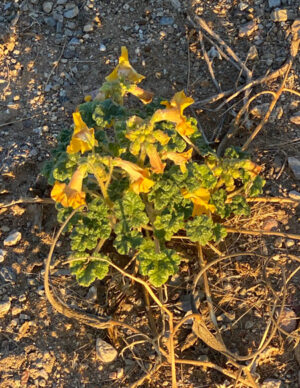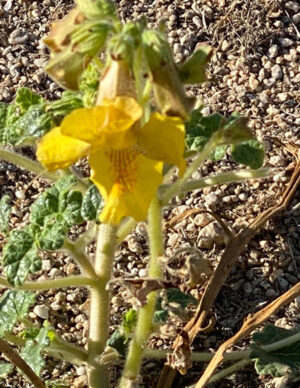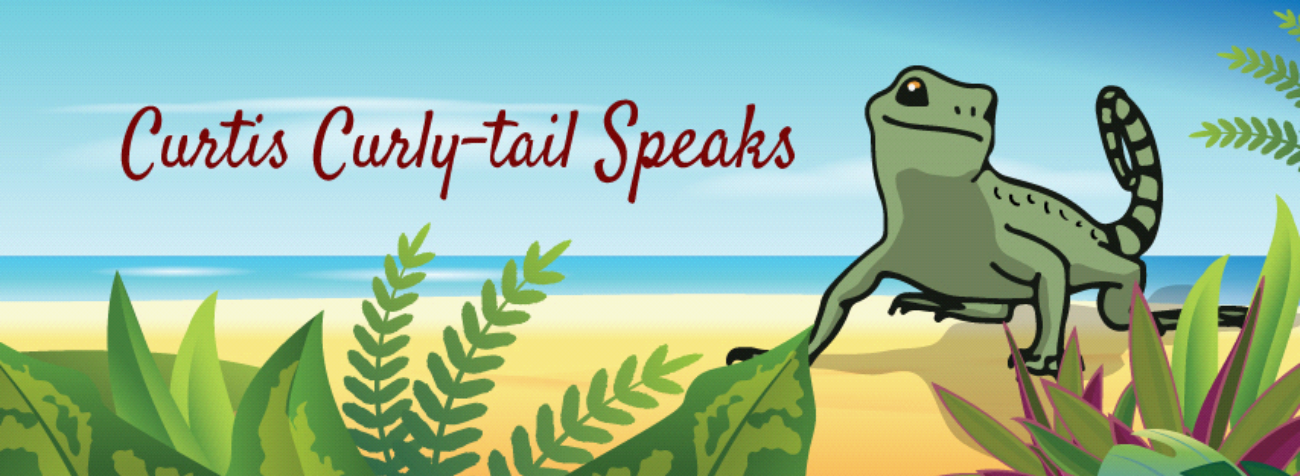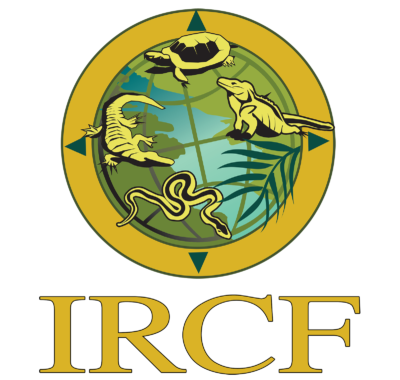Desert Treasures
This fall, I’ve been enjoying the splash of yellow in my yard. Most of the plants are dried and faded, sandy tan like the desert sand, when out pops this visual relief. The leaves reminded me of geraniums, so was this a desert geranium? No. The flowers have a snapdragon look, but this is not a snapdragon.
iNaturalist provided the identification. The desert unicorn plant, Proboscidea althaeifolia. This plant is also called the yellow-flowered devil’s claw. Ah, the famous devil’s claw. It is a native desert plant that blooms during the hot summer and hot fall like this year (100+ degrees through October!). It is a perennial that grows from a tuber-like root.
The devil’s claw plants in my yard are consistently yellow, although the species can also produce orange flowers. The lower lobe is lined with what is called a nectar guide. Nectar guides increase pollinators’ foraging efficiency, increasing pollination. Of course, the pollinators get to the nectar faster, which is excellent for them, too.
Seeds on the Move
The fruit is a large cylindrical seed pod with a long, thin, curving tail. The pod cracks open into two hooked, claw-like halves when the fruit matures and dries. The opened pods are called devil’s claws. The purpose of the claws is to catch on the legs of passing animals, including humans, to disperse the seeds.
Native Americans use the claws in many ways: tools, food, and baskets. The Tohono O’odham use pod fibers to make the black color in their baskets. The pods are buried to preserve the black color.
The pods are edible and said to resemble okra. The immature, soft pods can be cooked in stir-fries, stews, or pickled.
One last use is as a toy for children. Just for children?
Don’t miss out on exploring the wonders of the Sonoran Desert further—check out my books and workbooks for an in-depth journey into its unique flora, fauna, and reptiles!
To learn about our latest science-based children’s books and workbooks, to read our latest blog posts about reptiles, birds, cats, and gardening, in a variety of locations, and about how the books come to be, what inspires an author to write, and many more interesting aspects of the publishing business, fill in the box below and we will add you to our email list.
Thank you!





